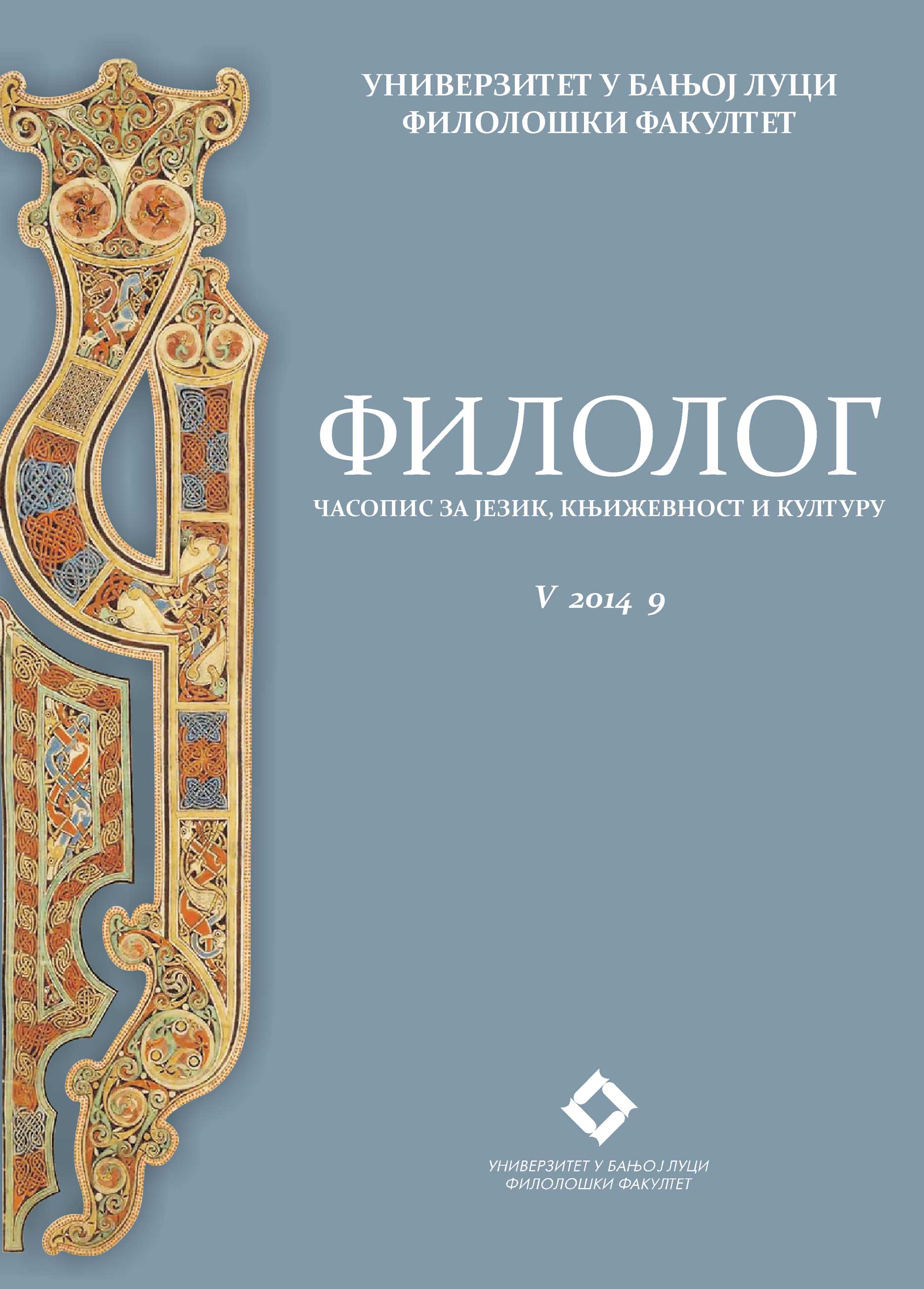Klon kao metafora Drugog u romanu „Ne daj mi nikada da odem“ Kazua Išigura
Clone as a Metaphor for the Other in Kazuo Ishiguro’s “Never Let Me Go”
Author(s): Milica ŽivkovićSubject(s): Language and Literature Studies, Novel, Comparative Study of Literature, Philology, Theory of Literature, British Literature
Published by: Филолошки факултет Универзитета у Бањој Луци
Keywords: Biopolitics; homo sacer; cloning; utilitarianism; posthuman; human.
Summary/Abstract: In the tradition of Mary Shelley’s Frankenstein (1818) and Aldous Huxley’s Brave New World (1932), Kazuo Ishiguro’s novel Never Let Me Go (2005) employs human cloning as a complex metaphor for personal identity and social relations. Unlike these classics of the literary dystopia, the novel’s anxieties are not generated by the relationship between the human being and biotechnology, more specifically, the possibility of the creation of post human life forms in the near future, which can easily be assumed from the centrality of the metaphor of cloning both in the novel and the contemporary socio/ cultural context. Its deepest anxieties concern eff ective ways of surveillance and social control by “a Leviathan”, which Darko Suvin associates with any kind of “collective, politico-economic and ideological hegemony” (Suvin 2009: 226), and the novel identifies with the contemporary age of biocapitalism and neoliberalism. The concept of biopolitics as deployed in the theories of Giorgio Agamben and Michael Foucault and Darko Suvin’s ideas about the hegemony of a “new Leviathan” are used as the framework within which the novel will be read as Ishiguro’s critique of utilitarianism and the rising instrumentalisation of life.
Journal: Филолог – часопис за језик, књижевност и културу
- Issue Year: 2014
- Issue No: 9
- Page Range: 229-239
- Page Count: 11
- Language: Serbian

